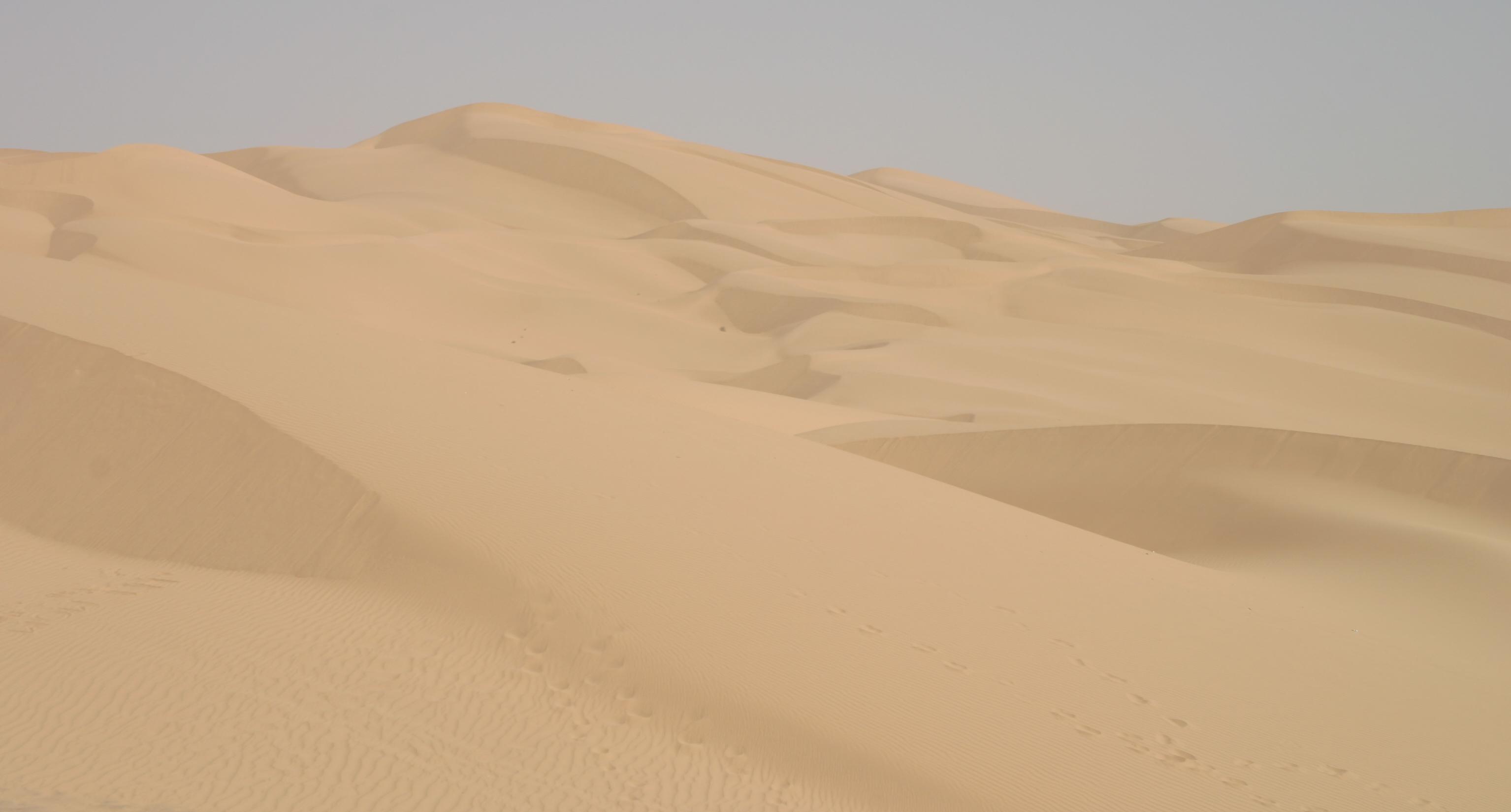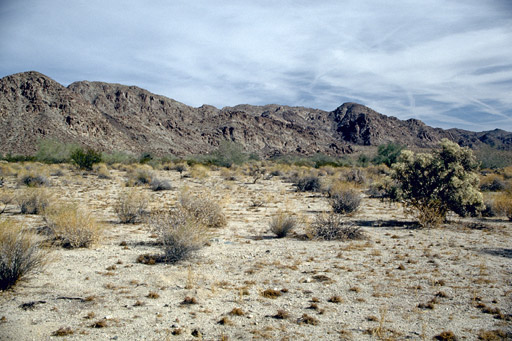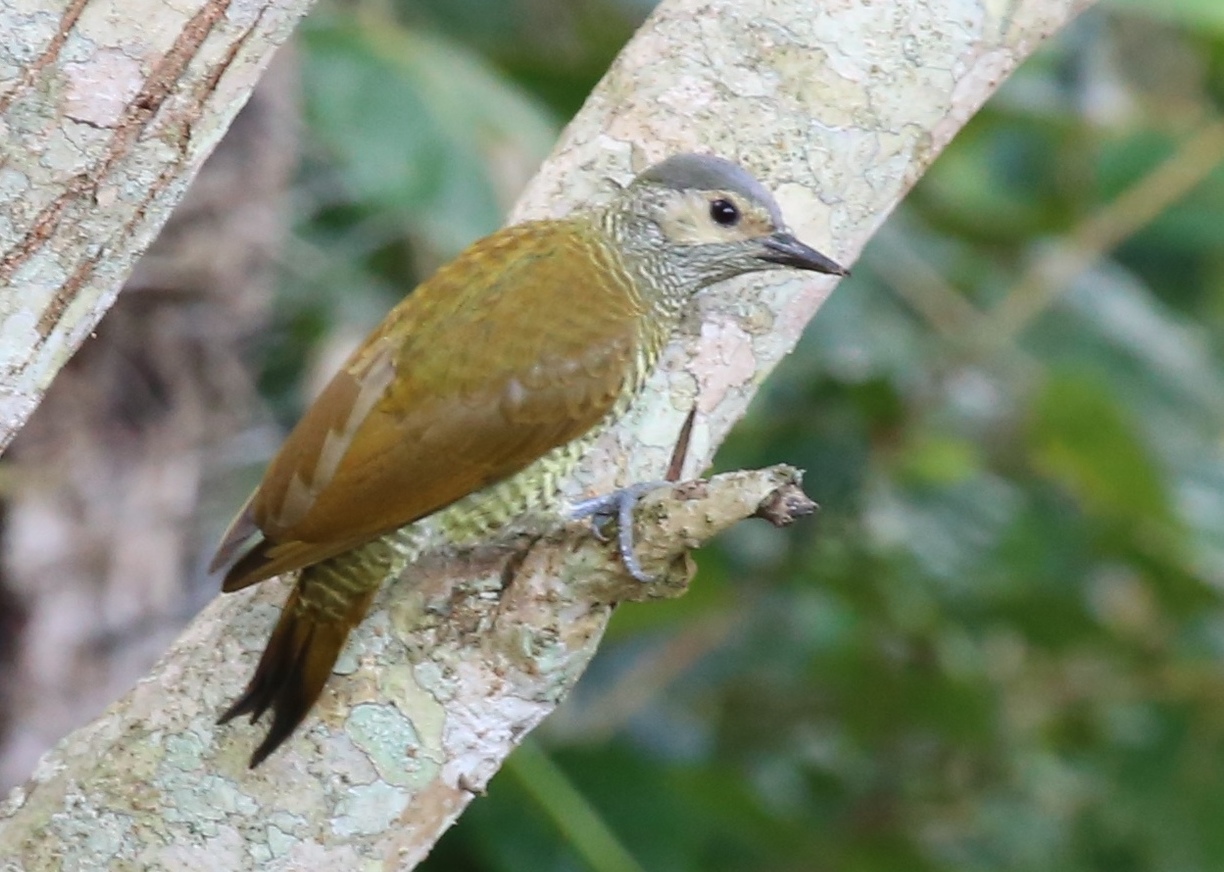|
Gilded Flicker
The gilded flicker (''Colaptes chrysoides'') is a large-sized woodpecker (mean length of ) of the Sonoran, Yuma, and eastern Colorado Desert regions of the southwestern United States and northwestern Mexico, including all of Baja California, except the extreme northwestern region. Golden-yellow underwings distinguish the gilded flicker from the northern flicker found within the same region, which has red underwings. Taxonomy Four subspecies are recognized: * The Cape gilded flicker (''C. c. chrysoides'') resides in southern Baja California. * The brown gilded flicker (''C. c. brunnescens'') resides in northern and central Baja California. * Mearns' gilded flicker (''C. c. mearnsi'') resides in extreme southeastern California to Arizona and northwestern Mexico. * The Mexican gilded flicker (''C. c. tenebrosus'') resides in northwestern Mexico from northern Sonora to northern Sinaloa. Habitat The gilded flicker most frequently builds its nest hole in a saguaro cactus, excavating ... [...More Info...] [...Related Items...] OR: [Wikipedia] [Google] [Baidu] |
Alfred Malherbe
Alfred Malherbe (14 July 1804 – 14 August 1865) was a French magistrate and amateur naturalist born in Mauritius to Pierre Marie François Malherbe and Rosalie Le Meusnier Molineuf. The family originally came from Metz. Alfred became the administrator of the Museum of Metz (being its director until 1863). He devoted his spare time to botany and zoology (especially ornithology). He conducted studies of birds of Algeria (describing numerous species) and Sicily. Malherbe was the author of Monographie des picidées' (1859–62, 4 vols.), the first global survey of the woodpeckers. He described and named Levaillant's woodpecker, after French ornithologist François Le Vaillant. In addition to ''Monographie des picidées'', he was the author of several other ornithological works: * ''Faune ornithologique de la Sicile : avec des observations sur l'habitat ou l'apparition des oiseaux de cette île'', etc. (1843) - Ornithological fauna of Sicily. * ''Description de dix espéces nouvel ... [...More Info...] [...Related Items...] OR: [Wikipedia] [Google] [Baidu] |
Woodpecker
Woodpeckers are part of the bird family Picidae, which also includes the piculets, wrynecks, and sapsuckers. Members of this family are found worldwide, except for Australia, New Guinea, New Zealand, Madagascar, and the extreme polar regions. Most species live in forests or woodland habitats, although a few species are known that live in treeless areas, such as rocky hillsides and deserts, and the Gila woodpecker specialises in exploiting cacti. Members of this family are chiefly known for their characteristic behaviour. They mostly forage for insect prey on the trunks and branches of trees, and often communicate by drumming with their beaks, producing a reverberatory sound that can be heard at some distance. Some species vary their diet with fruits, birds' eggs, small animals, tree sap, human scraps, and carrion. They usually nest and roost in holes that they excavate in tree trunks, and their abandoned holes are of importance to other cavity-nesting birds. They sometimes com ... [...More Info...] [...Related Items...] OR: [Wikipedia] [Google] [Baidu] |
Sonoran Desert
The Sonoran Desert ( es, Desierto de Sonora) is a desert in North America and ecoregion that covers the northwestern Mexican states of Sonora, Baja California, and Baja California Sur, as well as part of the southwestern United States (in Arizona and California). It is the hottest desert in both Mexico and the United States. It has an area of . In phytogeography, the Sonoran Desert is within the Sonoran Floristic province of the Madrean Region of southwestern North America, part of the Holarctic realm of the northern Western Hemisphere. The desert contains a variety of unique endemic plants and animals, notably, the saguaro (''Carnegiea gigantea'') and organ pipe cactus (''Stenocereus thurberi''). The Sonoran Desert is clearly distinct from nearby deserts (e.g., the Great Basin, Mojave, and Chihuahuan deserts) because it provides subtropical warmth in winter and two seasons of rainfall (in contrast, for example, to the Mojave's dry summers and cold winters). This creates an ex ... [...More Info...] [...Related Items...] OR: [Wikipedia] [Google] [Baidu] |
Yuma Desert
The Yuma Desert is a lower-elevation section of the Sonoran Desert in the southwestern United States and the northwest of Mexico. It lies in the Salton basin. The desert contains areas of sparse vegetation and has notable areas of sand dunes. With an average rainfall less than each year, it is among the harshest deserts in North America. Human presence is sparse throughout, the largest city being Yuma, Arizona, on the Colorado River and the border of California. Overview The desert includes the lower-elevation parts of the southwestern corner of Arizona, extending west to the Colorado River. On the other side of the river, in California, is the Colorado Desert region of the Sonoran Desert, also referred to as the Low Desert. Although the two regions are separated only by the Colorado River, numerous species of plant and animals live only on one side or the other, such as saguaro cactus, which occurs only east of the river. The Yuma Desert also includes the sandy plains of western ... [...More Info...] [...Related Items...] OR: [Wikipedia] [Google] [Baidu] |
Colorado Desert
California's Colorado Desert is a part of the larger Sonoran Desert. It encompasses approximately , including the heavily irrigated Coachella and Imperial valleys. It is home to many unique flora and fauna. Geography and geology The Colorado Desert is a subdivision of the larger Sonoran Desert encompassing approximately . The desert encompasses Imperial County and includes parts of San Diego County, Riverside County, and a small part of San Bernardino County, California, United States. Most of the Colorado Desert lies at a relatively low elevation, below , with the lowest point of the desert floor at below sea level, at the Salton Sea. Although the highest peaks of the Peninsular Ranges reach elevations of nearly , most of the region's mountains do not exceed . In this region, the geology is dominated by the transition of the tectonic plate boundary from rift to fault. The southernmost strands of the San Andreas Fault connect to the northernmost extensions of the East Pacif ... [...More Info...] [...Related Items...] OR: [Wikipedia] [Google] [Baidu] |
Southwestern United States
The Southwestern United States, also known as the American Southwest or simply the Southwest, is a geographic and cultural region of the United States that generally includes Arizona, New Mexico, and adjacent portions of California, Colorado, Nevada, Oklahoma, Texas, and Utah. The largest cities by metropolitan area are Phoenix, Las Vegas, El Paso, Albuquerque, and Tucson. Prior to 1848, in the historical region of Santa Fe de Nuevo México as well as parts of Alta California and Coahuila y Tejas, settlement was almost non-existent outside of Nuevo México's Pueblos and Spanish or Mexican municipalities. Much of the area had been a part of New Spain and Mexico until the United States acquired the area through the Treaty of Guadalupe Hidalgo in 1848 and the smaller Gadsden Purchase in 1854. While the region's boundaries are not officially defined, there have been attempts to do so. One such definition is from the Mojave Desert in California in the west (117° west longitude) t ... [...More Info...] [...Related Items...] OR: [Wikipedia] [Google] [Baidu] |
Mexico
Mexico (Spanish: México), officially the United Mexican States, is a country in the southern portion of North America. It is bordered to the north by the United States; to the south and west by the Pacific Ocean; to the southeast by Guatemala, Belize, and the Caribbean Sea; and to the east by the Gulf of Mexico. Mexico covers ,Mexico ''''. . making it the world's 13th-largest country by are ... [...More Info...] [...Related Items...] OR: [Wikipedia] [Google] [Baidu] |
Baja California
Baja California (; 'Lower California'), officially the Free and Sovereign State of Baja California ( es, Estado Libre y Soberano de Baja California), is a state in Mexico. It is the northernmost and westernmost of the 32 federal entities of Mexico. Before becoming a state in 1952, the area was known as the North Territory of Baja California (). It has an area of (3.57% of the land mass of Mexico) and comprises the northern half of the Baja California Peninsula, north of the 28th parallel, plus oceanic Guadalupe Island. The mainland portion of the state is bordered on the west by the Pacific Ocean; on the east by Sonora, the U.S. state of Arizona, and the Gulf of California; on the north by the U.S. state of California; and on the south by Baja California Sur. The state has an estimated population of 3,769,020 as of 2020, significantly higher than the sparsely populated Baja California Sur to the south, and similar to San Diego County, California, to its north. Over 75% of ... [...More Info...] [...Related Items...] OR: [Wikipedia] [Google] [Baidu] |
Northern Flicker
The northern flicker or common flicker (''Colaptes auratus'') is a medium-sized bird of the woodpecker family. It is native to most of North America, parts of Central America, Cuba, and the Cayman Islands, and is one of the few woodpecker species that migrate. Over 100 common names for the northern flicker are known, including yellowhammer (not to be confused with the Eurasian yellowhammer (''Emberiza citrinella'')), clape, gaffer woodpecker, harry-wicket , heigh-ho, wake-up, walk-up, wick-up, yarrup, and gawker bird. Many of these names derive from attempts to imitate some of its calls. It is the state bird of Alabama (known by its colloquial name "yellowhammer.") Taxonomy The English naturalist Mark Catesby described and illustrated the northern flicker in his book ''The Natural History of Carolina, Florida and the Bahama Islands'' which was published between 1729 and 1732. Catesby used the English name "Gold-winged Wood-pecker" and the Latin ''Picus major alis aureis''. W ... [...More Info...] [...Related Items...] OR: [Wikipedia] [Google] [Baidu] |
Saguaro
The saguaro (, ) (''Carnegiea gigantea'') is a tree-like cactus species in the monotypic genus ''Carnegiea'' that can grow to be over tall. It is native to the Sonoran Desert in Arizona, the Mexican state of Sonora, and the Whipple Mountains and Imperial County areas of California. The saguaro blossom is the state wildflower of Arizona. Its scientific name is given in honor of Andrew Carnegie. In 1994, Saguaro National Park, near Tucson, Arizona, was designated to help protect this species and its habitat. Saguaros have a relatively long lifespan, often exceeding 150 years. They may grow their first side arm around 75–100 years of age, but some never grow any arms. Arms are developed to increase the plant's reproductive capacity, as more apices lead to more flowers and fruit. A saguaro can absorb and store considerable amounts of rainwater, visibly expanding in the process, while slowly using the stored water as needed. This characteristic enables the saguaro to ... [...More Info...] [...Related Items...] OR: [Wikipedia] [Google] [Baidu] |
Saguaro Boot
A saguaro boot is the hard shell of callus tissue, heavily impregnated with lignin, that a saguaro cactus (''Carnegiea gigantea'') creates to protect the wound created by a bird's nesting house . The bird pecks through the cactus skin, then excavates downward to hollow out a space for its nest. When the saguaro dies, its soft flesh rots, but its woody infrastructure lasts much longer. So does the hollowed-out callus whose roughly boot-like shape gives it the name of "saguaro boot." Several different kinds of birds create tree hollow, nest holes in saguaro cactus. The Gila woodpecker (''Melanerpes uropygialis'') creates small holes (about 5 cm across) at midlevel on the cactus, where the ribs are far apart, feeding on larvae under the cactus skin. The larger gilded flicker (''Colaptes chrysoides'') drills bigger holes higher up, where ribs are close together, because its beak is strong enough to break through rib tissue. The saguaro responds to the bird's damaging its tissue ... [...More Info...] [...Related Items...] OR: [Wikipedia] [Google] [Baidu] |
Colaptes
''Colaptes'' is a genus of birds in the woodpecker family Picidae. The 14 species are found across the Americas. ''Colaptes'' woodpeckers typically have a brown or green back and wings with black barring, and a beige to yellowish underside, with black spotting or barring. There are usually colorful markings on the head. Many of these birds – particularly the northerly species – are more terrestrial than usual among woodpeckers. Historically, there has been considerable uncertainty in assigning woodpecker species to genera and it is only by comparing DNA sequences that it has become possible to confidently place many of the species. Taxonomy The genus ''Colaptes'' was introduced by the Irish zoologist Nicholas Aylward Vigors in 1825 with the northern flicker (''Colaptes auratus'') as the type species. The name is from the Ancient Greek κολάπτης (''kolaptēs'') meaning "chiseller". The genus forms part of the woodpecker subfamily Picinae and has a sister r ... [...More Info...] [...Related Items...] OR: [Wikipedia] [Google] [Baidu] |




.jpg)


